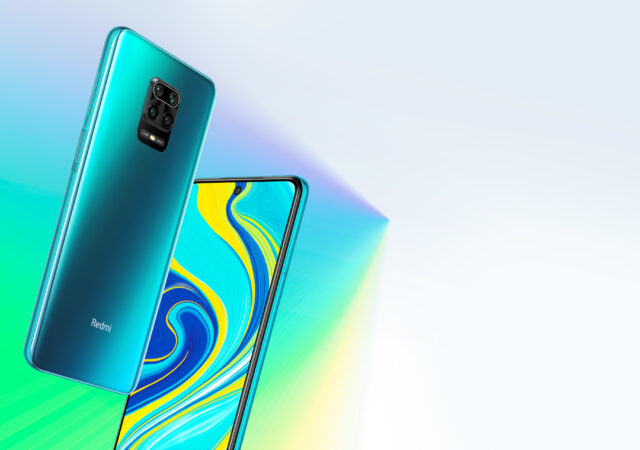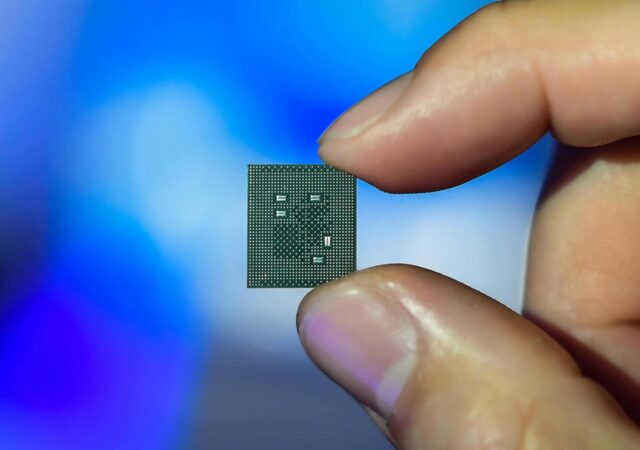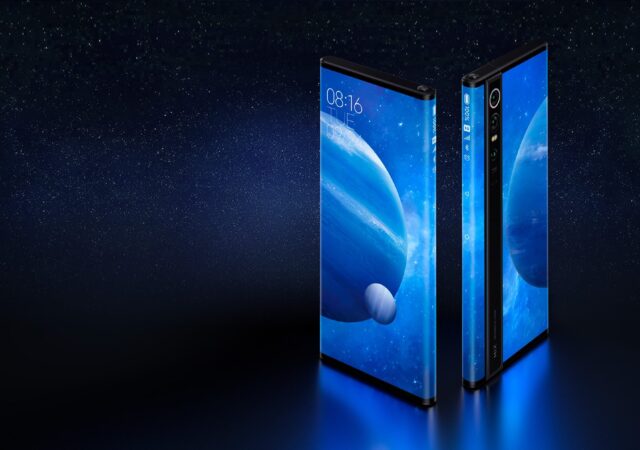It’s been a really eventful week for tech! On this week’s techENT Download, HUAWEI announced their new HUAWEI P40 Series with a huge 50-megapixel camera while Xiaomi took on themselves to steal the spotlight with the Xiaomi Mi 10 series…
Xiaomi Redmi Note 9S Challenges Conventions of Mid-Range Smartphones; Again
Xiaomi just launched their brand new Xiaomi Redmi Note 9S in Malaysia. The mid-ranger will be available 27th March 2020 onward from MYR 799.
techENT Download || Apple Cancels the iPhone SE2, OPPO Getting Sued, Find X2 and more
The Week of March 9th was an eventful one with two big launches, two court cases and multiple events getting cancelled due to the COVID-19 outbreak. OPPO announced the official availability of the Find X2 series in Malaysia with prices…
Xiaomi Redmi Note 9 Pro Series Announced in India!
It was only a few months ago in September that Xiaomi launched the Redmi Note 8 Pro. Now the all-new replacement has already been announced. New year, new phone am I right? So how much did it improved in just…
Xiaomi Mi 10 Series Breaking The Norms Of High End Phones
Xiaomi Mi 10 Series is selling out. The Xiaomi Mi 10 series packs the latest Qualcomm Snapdragon 865 processor.
Qualcomm Outs Unreleased Phones in Snapdragon Announcement
Qualcomm unwittingly reveals unannounced smartphones in their announcement of the success of their Snapdragon 865 platform.
Xiaomi Mi 10 Series Unveiled!
Just nine months after the release of their flagship phone and four different products after that, the Chinese manufacturer known for their value-for-money smartphones, Xiaomi is already launching a new flagship phone for the year 2020. New year; new flagship,…
Xiaomi Mi Mix Alpha Delayed Indefinitely
The foldable smartphones craze has not died down just yet. The shown concept of the Samsung Galaxy Fold that was launched late in 2019 last year gave birth to a lot more foldable smartphone concepts out there. One of the…
Android AirDrop? Yes Please.
When you own a device from the fruity manufacturers from Cupertino, you do not get the privilege of transferring files between devices other than using AirDrop. Technically, AirDrop is a combination of using Bluetooth and WiFi Direct to drag and…










